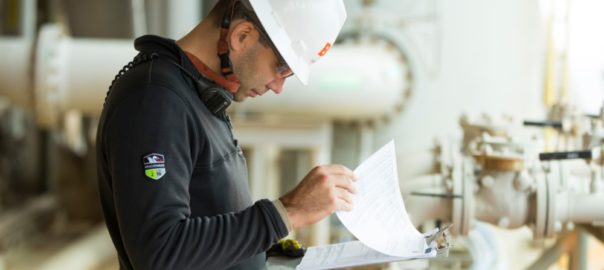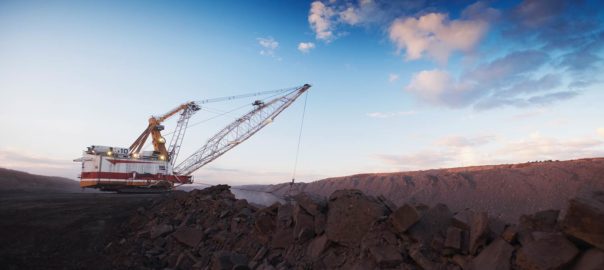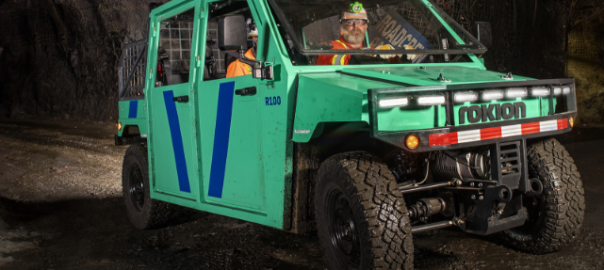BHP has signed a memorandum of understanding (MoU) with leading steel producer, China Baowu, with the intention, it says, to invest up to $35 million and share technical knowledge to help address the challenge of reducing greenhouse gas emissions facing the global steel industry.
The five-year partnership will focus on the development of low carbon technologies and pathways capable of emission intensity reduction in integrated steelmaking, according to BHP. Under the MoU, the deployment of carbon capture, utilisation and storage in the steel sector will also be investigated at one of China Baowu’s production bases.
BHP’s investment will be funded under the $400 million Climate Investment Program, set up last year to coordinate and prioritise projects, partnerships, R&D and venture investments to reduce Scope 1, 2 and 3 emissions, offsets and support development of technologies with the highest potential to impact change.
BHP Chief Executive Officer, Mike Henry (pictured left), said the companies would collaborate on technical solutions to use low carbon fuel sources such as hydrogen injection in the blast furnace, and explore other low emission options in support of China Baowu and the steel industry’s low carbon transformation and green development goals.
“This MoU further strengthens our longstanding relationship with China Baowu and reflects our joint determination and commitment to help reduce emissions in line with the Paris Agreement goals,” Henry said.
“BHP will invest in supporting the development of low emissions technologies, promote product stewardship and partner with others to enhance the global policy and market response to climate change. Our investments are focused on actions that can create real change in emissions.”
In October 2019, China Baowu, meanwhile, announced the establishment of a Low Carbon Metallurgy Innovation Centre and plans to establish a Global Low Carbon Metallurgy Innovation Alliance.
China Baowu Chairman, Chen Derong, said the MoU with BHP will further enhance and broaden the existing strategic partnership between the companies, and establish a model of joint industrial efforts to promote technological innovation and a sustainable transition to a lower carbon world.
“At the UN General Assembly, President Xi Jinping delivered an important speech that outlined China’s low carbon transformation and development,” Chen Derong said. “Low carbon transition and green development represent a major disruption to the traditional steelmaking value chain.
“As a leading company in the sector, China Baowu will take an active role in implementing low carbon technologies, working together with upstream and downstream partners.
“The global steel industry needs an open platform to jointly explore low carbon technology and roadmaps, as well as showcase to the world the efforts to reshape the steelmaking value chain.”
Consistent with the ambitions of China Baowu and BHP to drive efficiency and address emissions across the global steel industry, both companies will work together to establish a China Baowu-BHP Low Carbon Metallurgy Knowledge Sharing Center, to link complementary research and share low carbon and green development knowledge with domestic and international steel industry stakeholders, the two companies said.










